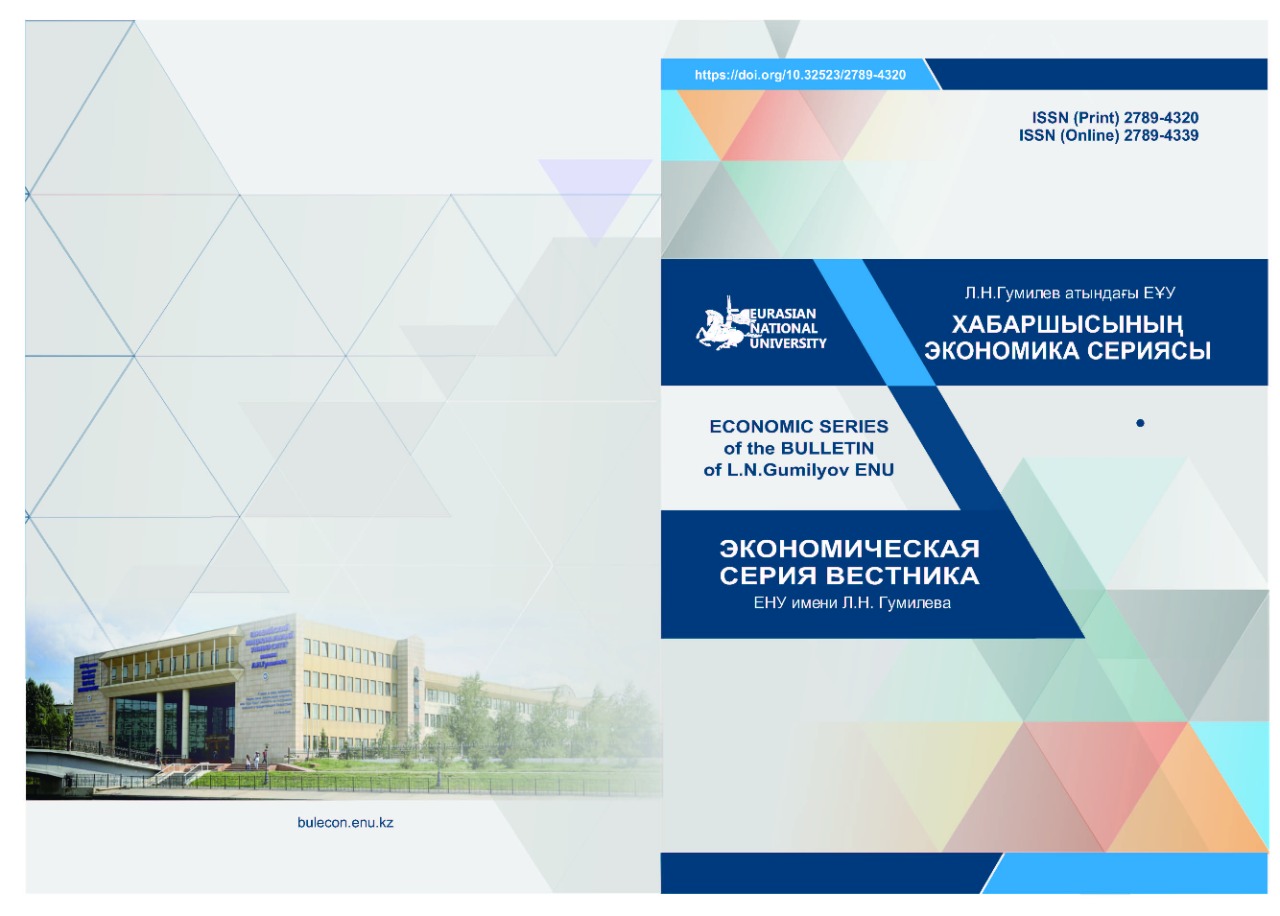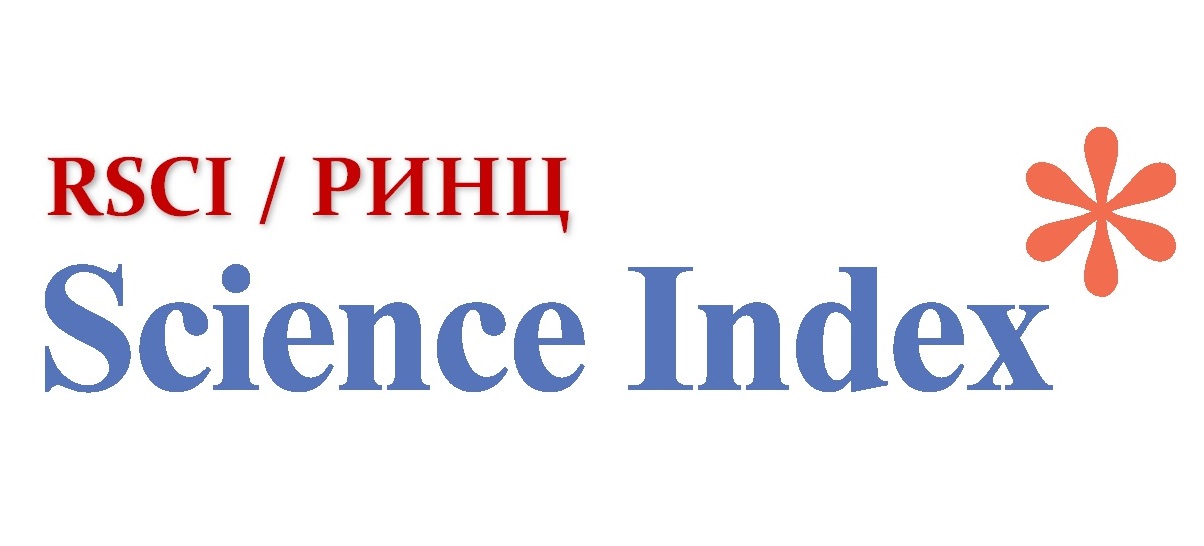Tуристік жарнама коммуникациялық тиімділігін нейромаркетингтік зерттеу
Қаралымдар: 222 / PDF жүктеулері: 261
DOI:
https://doi.org/10.32523/2789-4320-2023-4-301-311Кілт сөздер:
Туризм, жарнама, нейромаркетинг, нейромаркетингтік зерттеулер, коммуникативті тиімділік, жарнамаАңдатпа
Мақалада Қазақстандағы туристік жарнаманы бағалау үшін нейромаркетингтік технологияларды қолдану мәселелері қарастырылады. Нейромаркетингтік зерттеулер психология мен маркетингтің симбиозы болып табылатын инновациялық бағыттардың бірі болып табылады. Мақаланың мақсаты – Face Reading көмегімен жарнамалық бейненің нейромаркетингтік зерттеуіне негізделген жарнаманың қандай көрнекі және дыбыстық элементтері оның коммуникативті тиімділігін арттыратынын анықтау. Туристік бейнені эмоционалды қабылдауды бағалау үшін нейромаркетингтік жабдықты пайдалану нұсқалары қарастырылады. Отандық және шетелдік ғалымдардың еңбектеріндегі нейромаркетингтік зерттеулерге қысқаша талдау жасалды. Қандай эмоциялар есте сақтауды арттыруға ықпал ететініне, жарнамаға қызығушылықты оятатынына ерекше назар аударылады. Зерттеулерде Қазақстандағы туризмді жарнамалау кезінде респонденттердің әртүрлі көрнекі және есту ынталандыруларына эмоционалдық қатынасын талдауға мүмкіндік беретін жарнаманың спектрлік талдауы қолданылды. Зерттеу нәтижелері жарнамалық бейненің коммуникативті тиімділігін арттыру үшін нейромаркетингтік технологияларды пайдалану әлеуеті туралы қорытынды жасауға мүмкіндік берді. Зерттеу нәтижесінде алынған мәліметтерді ескере отырып, туристік бейнероликті модельдеу бойынша ұсыныстар әзірленді. Бұл әдіс қай кадрлар жоғары эмоционалдық жарылысты тудыратынын түсінуді ғана емес, сонымен қатар Қазақстандағы туризммен ассоциативті қатар қалыптастыру үшін жарнаманы қарау кезінде эмоционалды қабылдауды арттыру мүмкіндігін анықтайды.
Downloads
Жүктеулер
Жарияланды
Дәйексөзді қалай келтіруге болады
Журналдың саны
Бөлім
Лицензия
Авторлық құқық (c) 2023 А. Артыкбаева, М. Смыкова, К. Дауренбекова

Бұл жұмыс Creative Commons Attribution-Коммерциялық емес 4.0 халықаралық лицензиясы.







